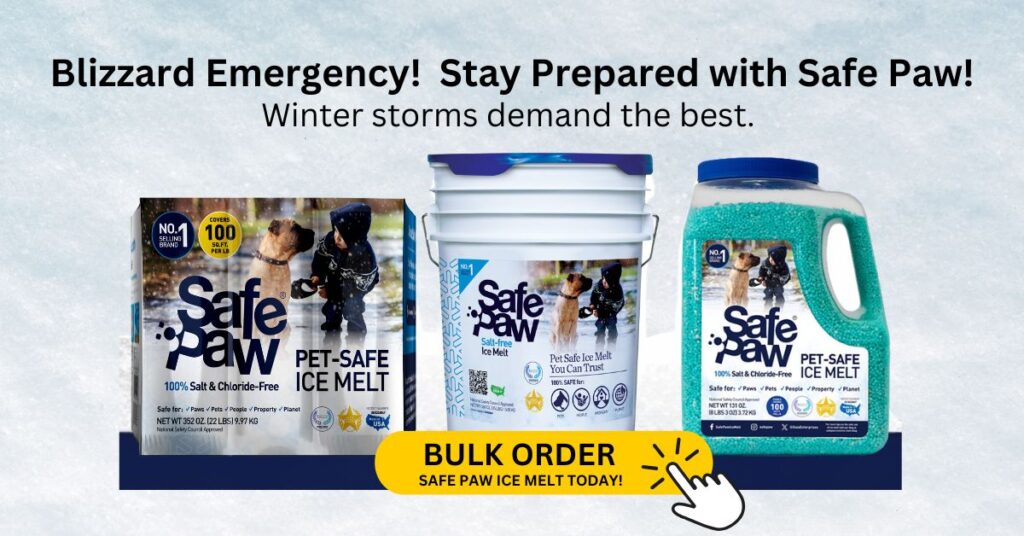Understanding Concrete Damage: Is It the Ice Melt, the Seal, or the Concrete Itself?
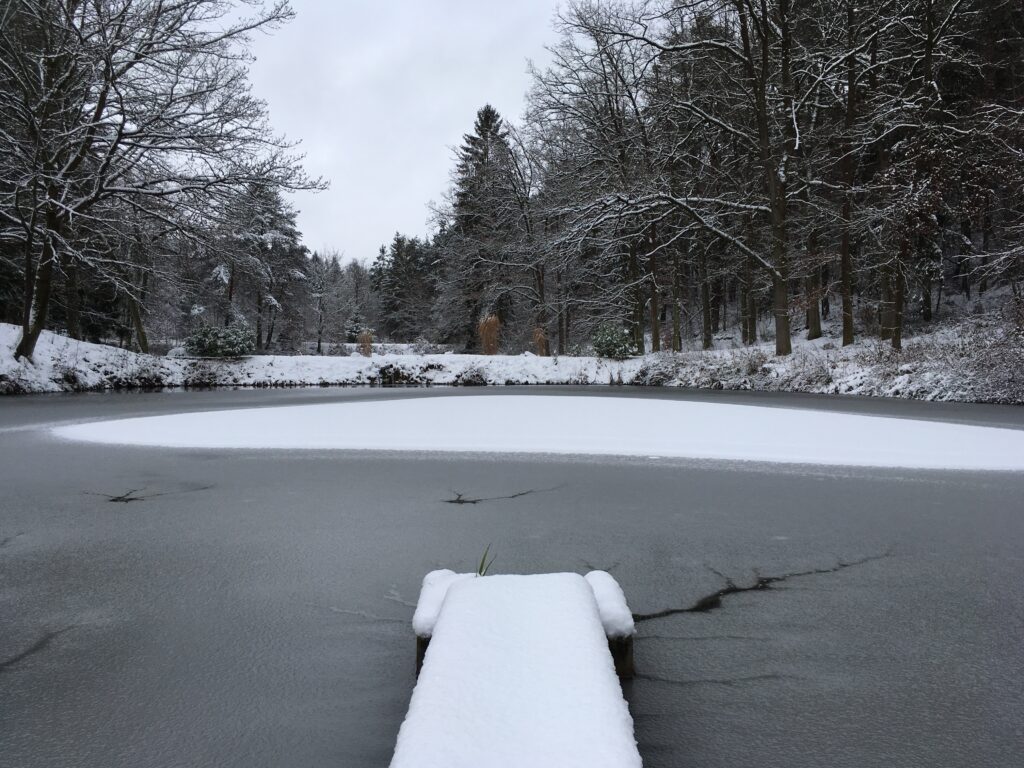
When concrete starts showing signs of wear—such as scaling, pitting, or surface flaking—it’s natural to look for something to blame. Often, ice melters are the first suspect. But determining whether damage is caused by a deicing product, a compromised sealant, or poor-quality concrete is rarely straightforward. In reality, concrete deterioration is almost always the result of multiple interrelated factors, most of which are invisible once the concrete has been poured.
The Freeze-Thaw Culprit
The most consistent and scientifically backed explanation for concrete surface damage is water infiltration combined with freeze-thaw cycles. When water penetrates the surface of concrete and freezes, it expands. As this process repeats over the winter, the surface weakens, cracks, and scales. This isn’t usually caused by the deicer itself, but by water that enters unsealed or porous concrete.
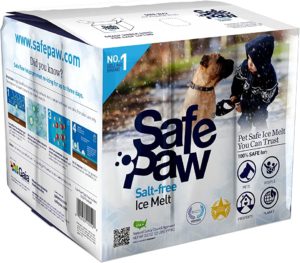
Pet Friendly Ice Melt – Safe Paw!
The Original and the #1 Child and Pet Safe Ice Melt for over 20 years. Guaranteed environmentally safe – will not harm waterways and sensitive wetlands.
Is the Ice Melt Really to Blame?
It’s tempting to pin damage on the last product applied to the surface. But deicers like Safe Paw and Safe Thaw are non-corrosive and chloride-free, which means they don’t chemically degrade concrete like traditional salts. In fact, problems can stem from residual salt damage caused by products used in previous seasons. The cumulative stress weakens the surface over time, and damage may only become visible after a new product is used—creating a false link.
The Role of Concrete Quality
Not all concrete is created equal. Damage often results from poor initial quality, such as a lack of proper air entrainment, which provides tiny internal voids to absorb expansion from frozen water. Additionally, if the concrete wasn’t “worked” properly during installation (a process that compacts and seals the surface layer), its defenses are compromised. Many homeowners don’t know whether their contractor followed best practices during installation—and that’s a big piece of the puzzle.
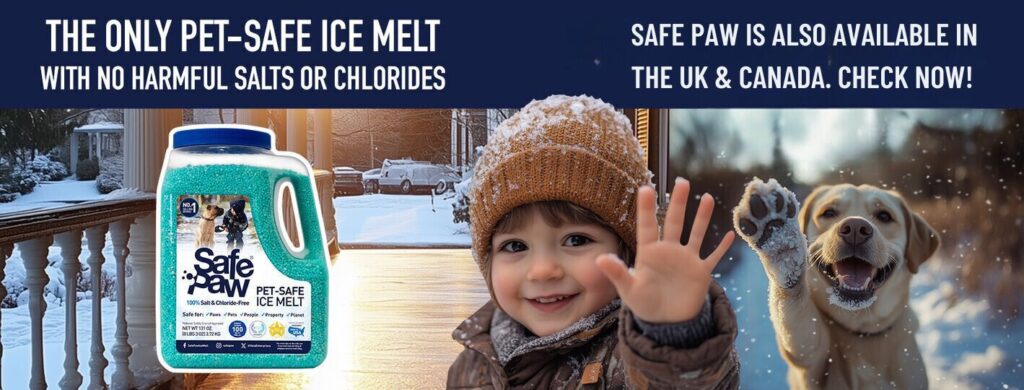
What About the Sealant?
Sealants are meant to protect concrete by preventing water from entering in the first place. But sealants degrade over time, especially under heavy foot traffic, shoveling, or UV exposure. If the sealant wears off and isn’t reapplied, the concrete becomes vulnerable—even if it was once fully protected.
The Real Takeaway: Damage Is Multifactorial
No one factor—ice melt, sealing, or concrete quality—can always be singled out. Each plays a role. And without a full history of the concrete’s treatment, installation, and product exposure, it’s impossible to attribute damage with certainty. Blaming the current deicer ignores the deeper issue: ongoing water infiltration and freeze-thaw cycles.
Conclusion: Know Your Concrete History Before Assigning Blame
When concrete damage shows up, it’s often the result of years of invisible, compounding vulnerabilities—poor air entrainment, degraded sealants, or lingering residues from past harsh salts. While it’s easy to question the newest product used, chloride-free solutions like Safe Paw and Safe Thaw are engineered to avoid exactly this kind of degradation. The best way to prevent future damage? Maintain proper sealing, choose the right deicer, and ensure high-quality concrete installation from the start.
FAQs About Concrete Damage and Deicer Use
Other Ice Melt Products
Traction Magic
Stay safe on slippery surfaces with a product that’s 100% natural and safe for pets, people, and your property. Use Traction Magic on sidewalks, steps, or as instant traction for your car.
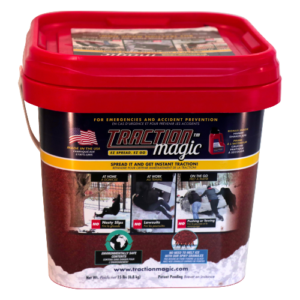
Safe Thaw
Imagine an ice melt you can put down and never worry about. It won’t harm pets, kids and your property. That’s Safe Thaw. Unlike anything else on the market, Safe Thaw can change how winter affects our planet.
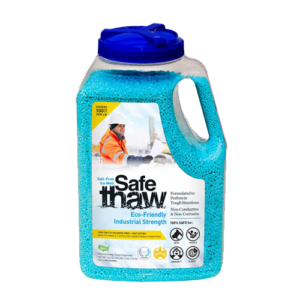
Walk On Ice
Prevent slips at home, work or on the go, The handy disposable canister can be taken everywhere, with the same 100% naturally occurring minerals that provide instant traction on ice or snow.
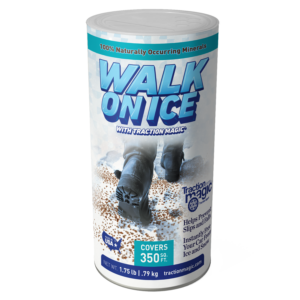
Safe Thaw
Imagine an ice melt you can put down and never worry about. It won’t harm pets, kids and your property. That’s Safe Thaw. Unlike anything else on the market, Safe Thaw can change how winter affects our planet.

